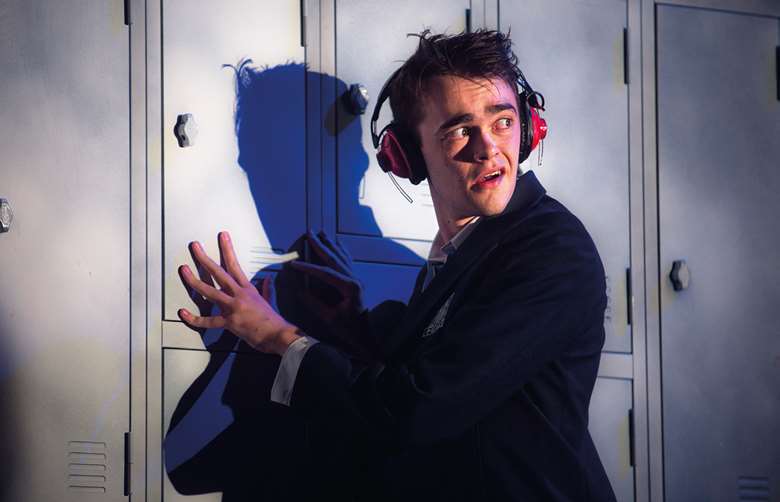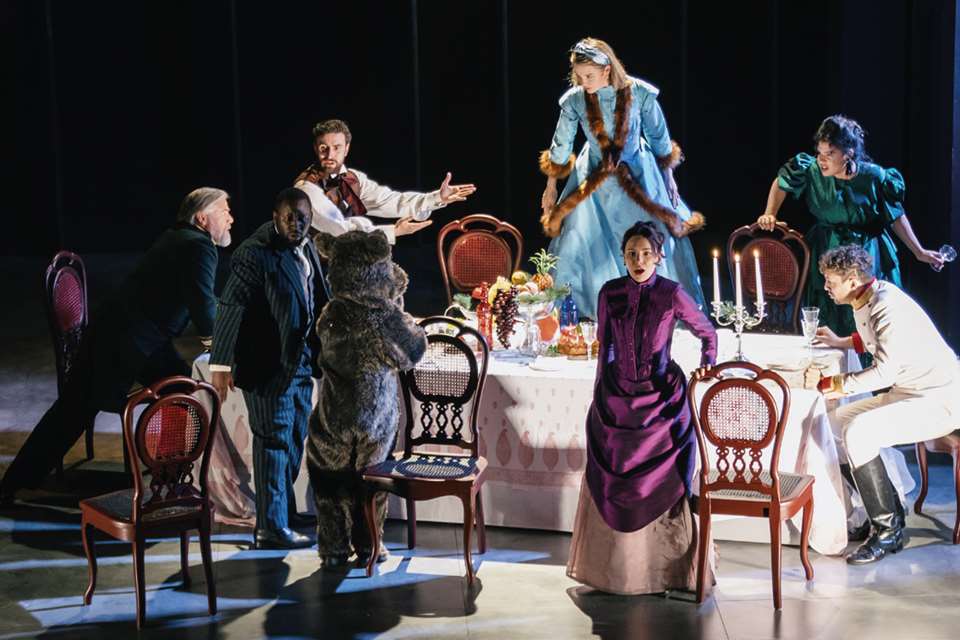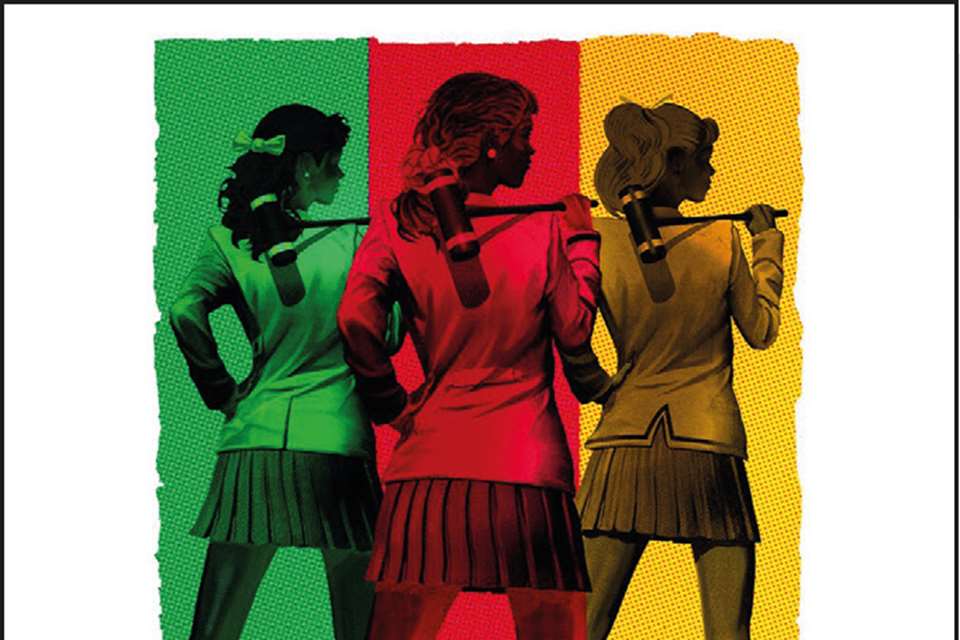The Static by Davey Anderson
Paul Bateson
Friday, September 1, 2023
Each issue of D&T we bring you a page-to-stage focus on a play for performance with your students, written by someone who's directed it themselves. This issue, Paul Bateson introduces The Static, a punchy character piece that also allows for physical theatre and some innovative production elements.

Tommy Ga-Ken Wan
Since it was first performed in 2010, Blackout by Davey Anderson has become a justifiably ubiquitous fixture in the GCSE and A Level exam catalogue. Its follow-up, The Static, by the same playwright and theatre company (Thickskin) explores similar themes of dark thoughts, teenage trouble and (ir)responsibility, and is also an interesting text to stage with young people.
Although not a set text, it could certainly be used as a chosen performance text for GCSE or A Level, and The Static also works well as a piece of repertoire for BTEC Tech Award. Studying and performing The Static through the lens of physical theatre or ensemble would be a worthwhile project for KS3-5.
Plot and characters
Having four main characters and four ensemble storytellers allows for some flexible casting.
Lead character Sparky (don't call him Stephen!) is a volatile young man on the verge of exclusion, and Mrs Kelly who works in behavioural support is his last chance – not that he cares. Then there is Mr Murphy, his PE teacher and nemesis, and finally Siouxie, who fizzes onto the scene and lights up Sparky's eyes. The thing is, she seems to have some strange psychic effects, and when she confides in Sparky it awakens kinetic superpowers in him too with some shocking results.
The play is a good mix of naturalistic scenes, with ensemble storytelling and opportunities for physical theatre.
Style
The play lends itself to a Brechtian style. Storytelling through direct address could be workshopped in depth as it features prominently throughout the play.
The stage notes suggest that four performers double up as the main characters and the storytellers, which allows students to show good range by multi-roling. However, you could use eight actors to give the ensemble members unique identities. In any case, placing a microphone or two around the stage to allow narrators to speak amplified at certain parts can also really add impact and texture to these sections. And other non-naturalistic conventions and techniques such as placards can be used for good effect, particularly in the scene with thought tracked revelations of a lonely in love Mrs Kelly.
The original production was noted for its physical theatre: slow motion, lifts, leans and falls can be used for certain sections. It would be a useful idea to pair work on The Static with the study of a physical theatre practitioner, such as Frantic Assembly. Some of their well-known techniques such as Round/Through/Shift or Hymn Hands lend themselves to some of the dynamic moments in the play.
Siouxie and Sparky are meant to have incredible powers of object manipulation, with Sparky flying pens off desks and opening lockers using only his thoughts. There are some useful videos on Thickskin's YouTube that might help with working out how to stage these moments.
Production
The setting is simple but there's plenty of room for experimentation. There is potential in a minimal staging approach – for instance, a school desk can be moved to create different scenarios, or a school whiteboard can feature simple line drawings to show settings.
For non-performers, SFX and music are a key part of the piece. Music can be used to complement any movement sections, and an exercise writing playlists for the characters would serve not only as character development, but also a useful starting point for a sound engineer.
Lighting and projection can also be used to good effect, bringing out the pyrotechnic nature of the relationships and produce some of the ‘magic’ within the story.
Theme
The Static suggests that we can all change the world if we want to – and our energies can be used for good or for ill. All this magic can happen inside our own heads. Is the play a figment of Sparky's imagination, daydreaming in his detention?








